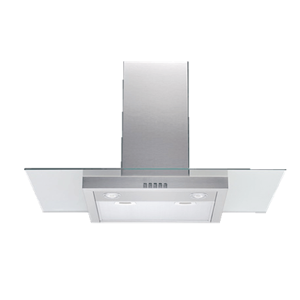The Role of Technology in Inventory Management
Traditional inventory management systems often rely heavily on manual data entry and tracking, leading to the risk of human error. This can result in misplaced or lost inventory, inaccurate stock levels, and ultimately, negatively impact customer satisfaction. Moreover, the lack of real-time visibility into inventory levels can lead to overstocking or stockouts, causing operational inefficiencies and missed sales opportunities for businesses.
Additionally, with traditional inventory management methods, it can be challenging to track and analyze data efficiently. This can make it difficult for businesses to make informed decisions regarding purchasing, stocking, and forecasting demand. Without access to accurate and up-to-date information, businesses may struggle to streamline their operations and optimize their inventory levels effectively.
Benefits of Implementing Technology in Inventory Management
Implementing technology in inventory management can streamline processes, enhance accuracy, and increase efficiency. Automation of tasks such as data entry and tracking can significantly reduce human errors and save time. With real-time updates and alerts, businesses can make informed decisions quickly, leading to improved inventory control and optimized stock levels.Moreover, technology can provide valuable insights into consumer behavior and inventory trends through data analytics. By leveraging this information, companies can forecast demands more accurately, minimize stockouts, and identify opportunities for cost savings. Additionally, integrated systems allow for better synchronization across departments, fostering collaboration and improving the overall productivity of the organization.
Types of Inventory Management Technologies Available
Inventory management technologies have evolved significantly in recent years, offering businesses a variety of options to streamline their processes. One of the most common technologies used is barcode scanning systems, which allow for efficient tracking of inventory movement and accurate monitoring of stock levels. This technology is simple to implement and can greatly increase the speed and accuracy of inventory management tasks.Another popular inventory management technology is radio frequency identification (RFID) technology, which uses electromagnetic fields to identify and track tags attached to inventory items. RFID technology enables real-time tracking of items as they move throughout the supply chain, providing businesses with instant visibility into their stock levels and facilitating quick inventory replenishment. This technology is particularly useful for industries that need to monitor large volumes of inventory and require high levels of accuracy.
What are some common challenges faced in traditional inventory management systems?
Some common challenges include manual data entry errors, lack of real-time visibility, inefficient order processing, and difficulties in tracking inventory levels accurately.
What are the benefits of implementing technology in inventory management?
Implementing technology in inventory management can lead to improved accuracy, increased efficiency, better visibility of inventory levels, reduced carrying costs, and enhanced customer satisfaction.
What are some types of inventory management technologies available?
Some types of inventory management technologies include barcode systems, RFID systems, inventory management software, automated inventory systems, and cloud-based inventory management solutions.







